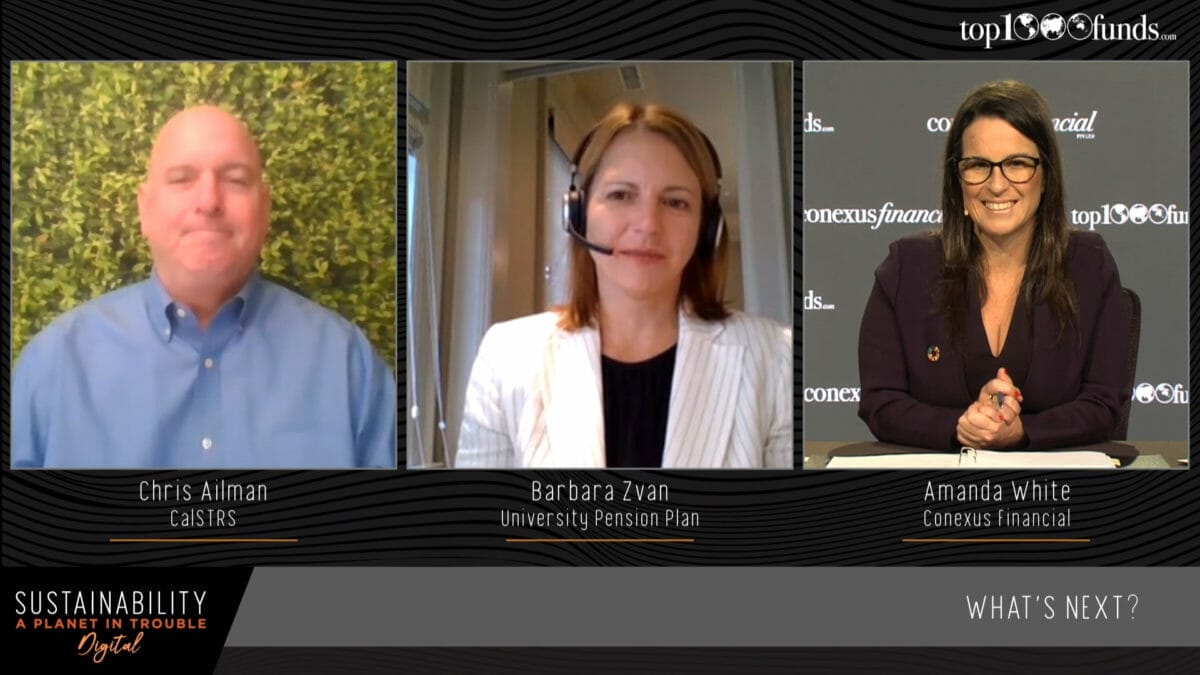This paper evaluates green stimulus packages that were introduced in response to the global financial crisis (GFC) of 2007-08 and draws lessons relevant for greening the recovery from the Coronavirus (COVID-19) crisis. The paper underscores the importance of building in policy evaluation mechanisms into green stimulus measures. It also provides evidence that the implementation of sufficiently large, timely and properly designed green stimulus measures can generate economic growth, create jobs and bring about environmental benefits. However, there are also trade-offs between competing economic, environmental and social policy objectives, which underscores the importance of proper policy design.
The paper also highlights key differences between the GFC and the COVID-19 crises and how these differences might influence the green stimulus in the present context. The public health priority to prevent the COVID-19 crisis from worsening is to severely restrict many economic activities that could escalate virus transmission. In this context, green measures could initially have a “do no harm” orientation by maintaining vigilance against environmental rollbacks and ensuring that any measures taken to address the crisis do not inadvertently exacerbate environmental impacts. Green stimulus would become more relevant as the recovery begins, but these measures would need to be adapted to current social priorities such as the environment-health nexus, concerns about a “just transition”, as well reflect shifts in social preferences. COVID-19 is also unfolding in a policy context that is very different from 2007-08. Costs of renewable energy have witnessed dramatic
declines, while new environmental issues like resource efficiency and the transition to a circular economy have risen on the policy agenda. These developments offer new impetus and opportunities for greening the recovery in the wake of the COVID-19 crisis.



